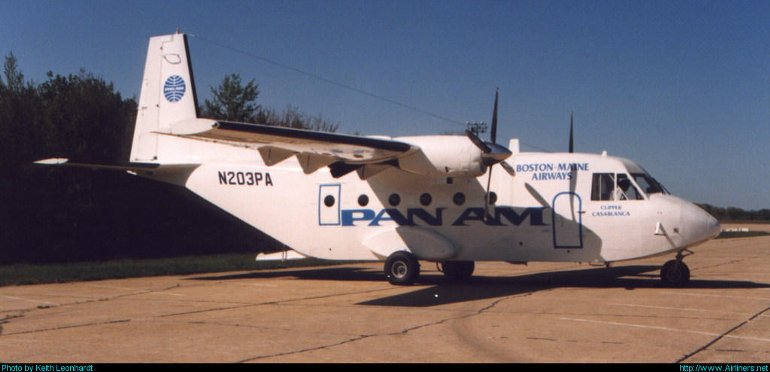Aircraft Technical Data
CASA C212 Aviocar

| Details | |
| Country of Origin | Spain |
| Type | STOL turboprop regional airliner and utility transport |
| History | Initially conceived as a light STOL transport for the Spanish air force, the CASA C212 has found a handy market niche and is highly regarded for its utility in underdeveloped regions. Designed to replace the Spanish air force's mixed transport fleet of Douglas C47 Dakotas, CASA Azors and Junkers Ju 52s still in service in the 1960s, the C212 was also developed with the intention of offering a civil variant. Design work began in the late 1960s, the first prototype made the type's first flight on March 26 1971. Preproduction examples followed, then the type entered air force service in 1974. The first commercial version was delivered in July 1975. The basic civil version was designated the C212C, the military version the C2125. Production of these models ceased in 1978, CASA switching to the Series 200 with more powerful engines and higher operating weights. The first Series 200, a converted C212C prototype, flew for the first time in its new configuration on April 30 1978. A third development of the Aviocar is the Series 300 which first flew in 1984 and was certificated in late 1987. Improvements to this model are newer engines and winglets. The latest development is the C212-400, which was launched at the 1997 Paris Airshow (after its first flight on April 4 that year). It features TPE331-12JR engines which maintain their power output to a higher altitude for improved hot and high performance and an EFIS flightdeck. |
| Powerplants | C212C - Two 580kW (775shp) Garrett AiResearch (now AlliedSignal) TPE3315251C turboprop engines driving four blade propellers. Series 300 - Two 670kW (900shp) TPE33110R513Cs. |
| Performance | C212C - Max speed 370km/h (199kt), max cruising speed 359km/h (194kt), economical cruising speed 315km/h (170kt). Range with max fuel and 1045kg (2303lb) payload 1760km (950nm), range with max payload 480km (258nm). Series 300 - Max operating speed 370km/h (200kt), max cruising speed 354km/h (191kt), economical cruising speed 300km/h (162kt). Range with 25 passengers and reserves at max cruising speed 440km (237nm), with 1700kg (3770lb) payload 1435km (775nm) |
| Weights | C212C - Empty 3700kg (8157lb), max takeoff 6300kg (13,890lb). Series 300 - Empty 3780kg (8333lb), operating empty 4560kg (10,053lb), max takeoff 7700kg (16,975lb). |
| Dimensions | C212C & Series 200 - Wing span 19.00m (62ft 4in), length 15.20m (49ft 11in), height 6.30m (20ft 8in). Wing area 40.0m2 (430.6sq ft). Series 300 - Wing span 20.28m (66ft 7in), length 16.15m (53ft 0in), height 6.60m (21ft 8in). Wing area 41.0m2 (441.3sq ft). |
| Capacity | Flightcrew of two. Max passenger seating for 26, typical layout for 22 passengers at three abreast. Freighter version can accommodate three LD3 containers or two LD2s or two LD727/DC-8s. Max payload 2700kg (5950lb). |
| Production | Over 435 Aviocars of all models built, including 170 for commercial operators and 265 for military customers. IPTN in Indonesia has built over 90 NC212s under licence. |
| Related Links | CASA C212 Aviocar |
The backbone of this section is from the The International Directory of Civil Aircraft by Gerard Frawley and used with permission. To get your own copy of the book click here. |
|








